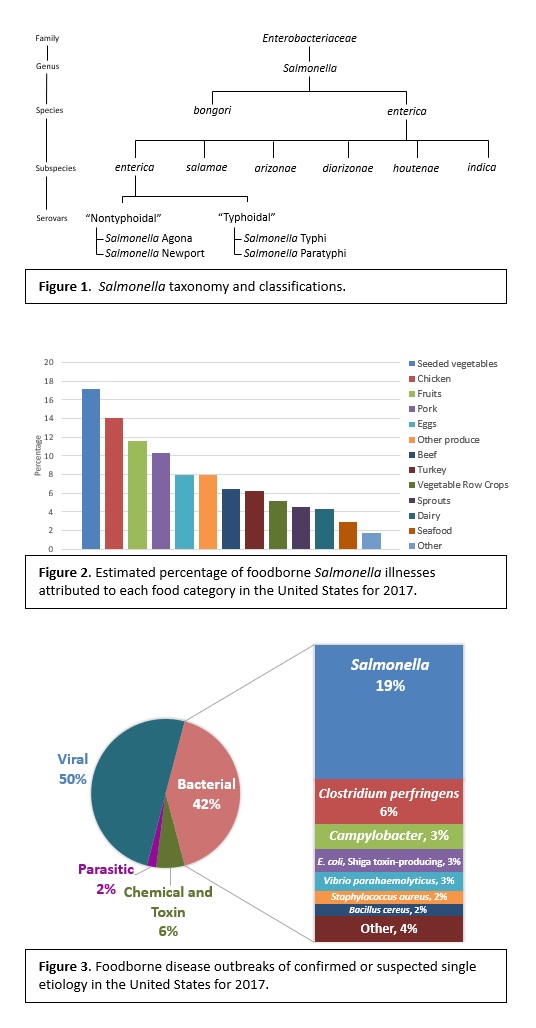Case Presentation: A 46-year-old female with obesity and type 2 diabetes mellitus presented with chief complaint of diarrhea for several days. Her diarrhea was watery, non-bloody, greenish in color, and occurred hourly. She had associated nausea, vomiting, and right upper quadrant (RUQ) abdominal pain. She denied recent travel, consumption of unusual foods, and knowing anyone with similar symptoms. On admission, her temperature was 39.5°C, heart rate 120-130 beats per minute, respiratory rate 30 per minute on room air, with normal blood pressure. She had significant RUQ abdominal tenderness, a supple neck, and no rashes. Her labs were notable for white blood cell count 15.7k/mm3, lactate 4 mmol/L, procalcitonin 2.98 ng/mL, and negative COVID-19 status. Urinalysis and imaging of the head, thorax, abdomen, pelvis, and spine revealed no evidence of infection or other suggestible cause of her symptoms. Her stool revealed no ova or parasites on wet mount and was negative for C. difficile toxin. She was treated empirically with ceftriaxone, metronidazole, and vancomycin for a suspected intra-abdominal infection and received ampicillin-sulbactam for an initial blood culture that yielded Bacillus sp., but without clinical improvement. On the fourth day of hospitalization, her stool culture yielded Salmonella Agona and she was treated with levofloxacin and ceftriaxone for salmonellosis. Subsequently, her fever, tachycardia, and diarrhea resolved, and her procalcitonin decreased significantly.
Discussion: Our patient underwent extensive diagnostic testing that could have been limited with closer consideration of her diarrhea’s characteristics and awareness of a recent multistate Salmonella outbreak. She also received unnecessary antibiotics for presumed Bacillus sp. bacteremia that was ultimately deemed to be a misdiagnosis secondary to specimen contamination. Apart from her diabetes, she had no obvious risk factors for an opportunistic infection and although she reported recent heavy consumption of self-prepared chicken tacos, she denied incomplete cooking of poultry and improper storage of milk or eggs. Our case demonstrates that ascertaining the cause of diarrhea based on history, physical exam, and routine labs can be difficult, but may be facilitated by considering epidemiologic risk factors, and that severe cases warrant consideration of inflammatory bacterial pathogens, for which obtaining stool cultures may be paramount. Moreover, it underscores the importance of rethinking initial diagnoses when therapies yield minimal improvement.
Conclusions: In the evaluation of diarrhea, the color of stool matters, as does awareness of local or regional infection outbreaks. Clinicians should obtain a detailed history of the patient’s diet, travel, and stool description, and use websites like CDC.Gov to remain aware of local and regional areas of infections.

